Escape on the branch lines #1
Tobu Kameido Line’s small town feel with downtown buzz
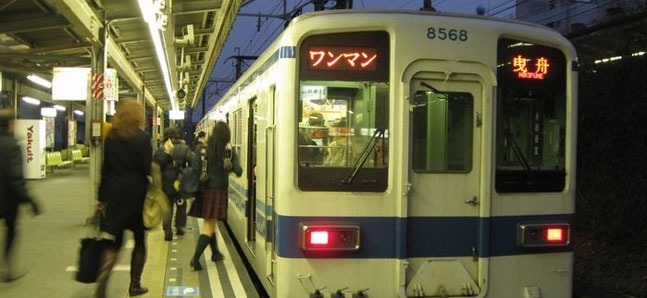
Posted: Wed Mar 24 2010
Just like trees, train lines can be divided into either main lines or branch lines. While the main lines tend to be the ones that people are most familiar with, branch lines generally manage the slower local trains, explaining why passengers might be less familiar with them. For people who’ve been taking Japan’s trains for long enough, it’s not uncommon for talk of branch lines to invoke fond images of rural Japan; however, Tokyo too has its share of branch lines that hold a certain charm that is worth experiencing. As part one in this series, Time Out Tokyo hitches a ride on the Tobu Kameido Line.
Tobu Kameido Line
Counted after the systems owned by Japan Railways (JR) and the Kinki Nippon Railway, Tobu Railway Co Ltd owns the third largest railway system in Japan. Their Isesaki line is a full-scale main line that runs for over 110km between Isesaki station, in Gunma prefecture, and Asakusa, its terminal station in Tokyo. This main line is particularly popular with tourists looking to catch a limited express train to take them away on a short break from the city. However, diverting off of the Isesaki is the Tobu Kamiedo branch line –just catch a local train from Asakusa and ride it five minutes to the next station, Hikifune station.
From Hikifune station, the mini-sized Kameido line runs for just 3.4km and stops at only 5 stations. Not far from Sumidagawa river, a great spot for catching the hanami (cherry blossom viewing), the area is also close to Choumeiji temple. The area adjacent to Hikifune station’s elevated platform is an area that still has a distinctly shitamachi (traditional downtown) feel to it – a feeling that will, unfortunately, almost certainly disappear in the years to come.
A short walk to the south of Hikifune station brings you to the Tokyo Sky Tree, a structure that will, upon its completion (scheduled for spring 2012), reach 634m in height. At the moment the ‘tree’ clocks in at about 300m (about the same as Tokyo Tower; however, since the local area is also planned for redevelopment, there’s not long left to appreciate the feel of the area as it is now, so visit while you can.
Unlike the sprawling centipedes of the main line trains, the trains running on the Tobu Kameido line are all single-manned, 2-car, local trains. Starting from Hikifune station’s elevated platform, the line heads south towards the Tokyo Sky Tree before curving east and then west in an arch that ends at Kameido station. Just two minutes after departing Hikifune, the line arrives at its first stop, Omurai station. An area noted for its proximity to cosmetics giant Kao, the station gets relatively busy with commuters during rush hour. After a mere 600m, the line reaches Higashi-Azuma station. This residential area is also home to local workshops and factories, so the area around the station is another place with a shitamachi feel. Because the Sumida ward area is home to a number of cosmetics and soap producing companies, the line is punctuated regularly by billboards for their products. The penultimate station on the line, just across the Kitajyukengawa River, is Kameido-Suijin station – next to which is a sports park that is adjacent to Kyunakagawa River. Another two minutes along the line brings you to the final stop, Kameido station, which is connected to the JR Sobu Line. The platform here is short, but has a solidly built roof that reveals its long history. To the northwest is Kamedo Tenjin – a shrine renowned for its kuzumochi confectionery, and for its beautiful wisteria flowers which bloom in May.
Related articles:
・Tokyo’s cherry blossom lanes
In Tokyo, you’re never far away from a street lined with cherry trees
・Enjoy the sound of Tokyo trains
Forget the sights, focus on the sounds
・The Olympic feeling – on a train
Catch Vancouver’s adrenaline in Tokyo
Tweets
- About Us |
- Work for Time Out |
- Send us info |
- Advertising |
- Mobile edition |
- Terms & Conditions |
- Privacy policy |
- Contact Us
Copyright © 2014 Time Out Tokyo










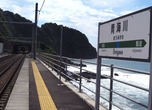
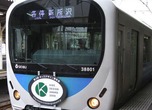
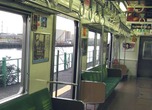
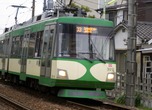
Add your comment